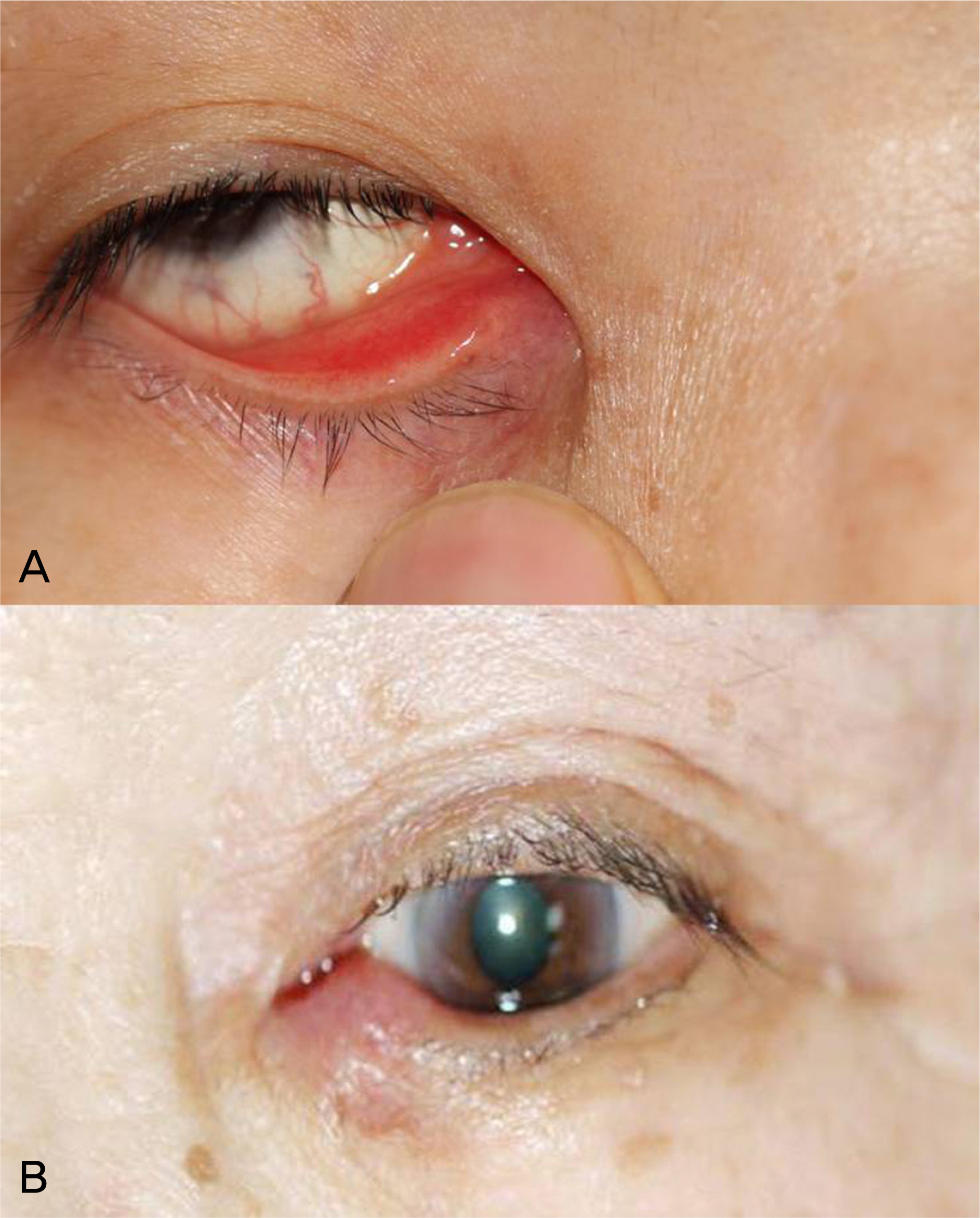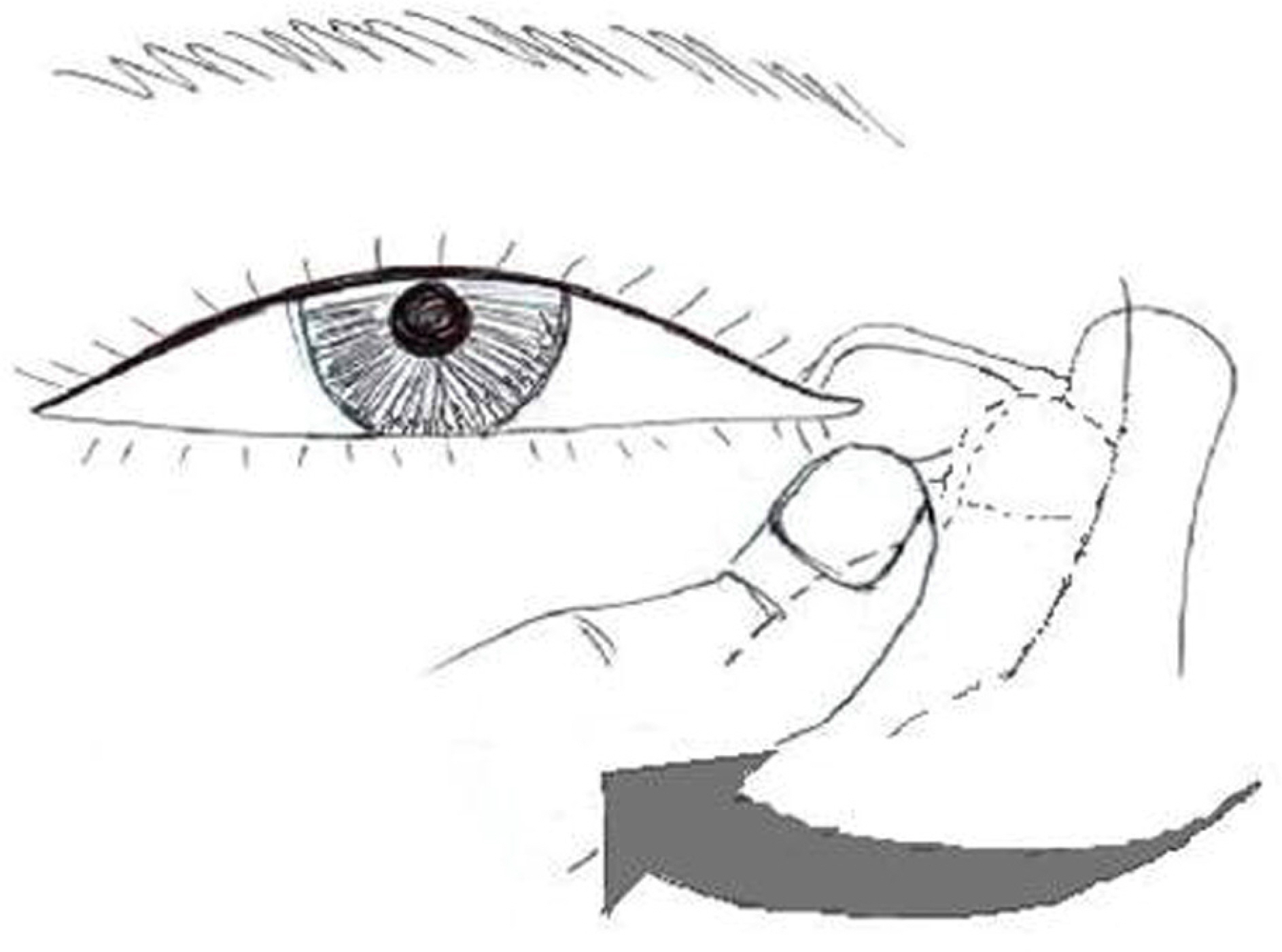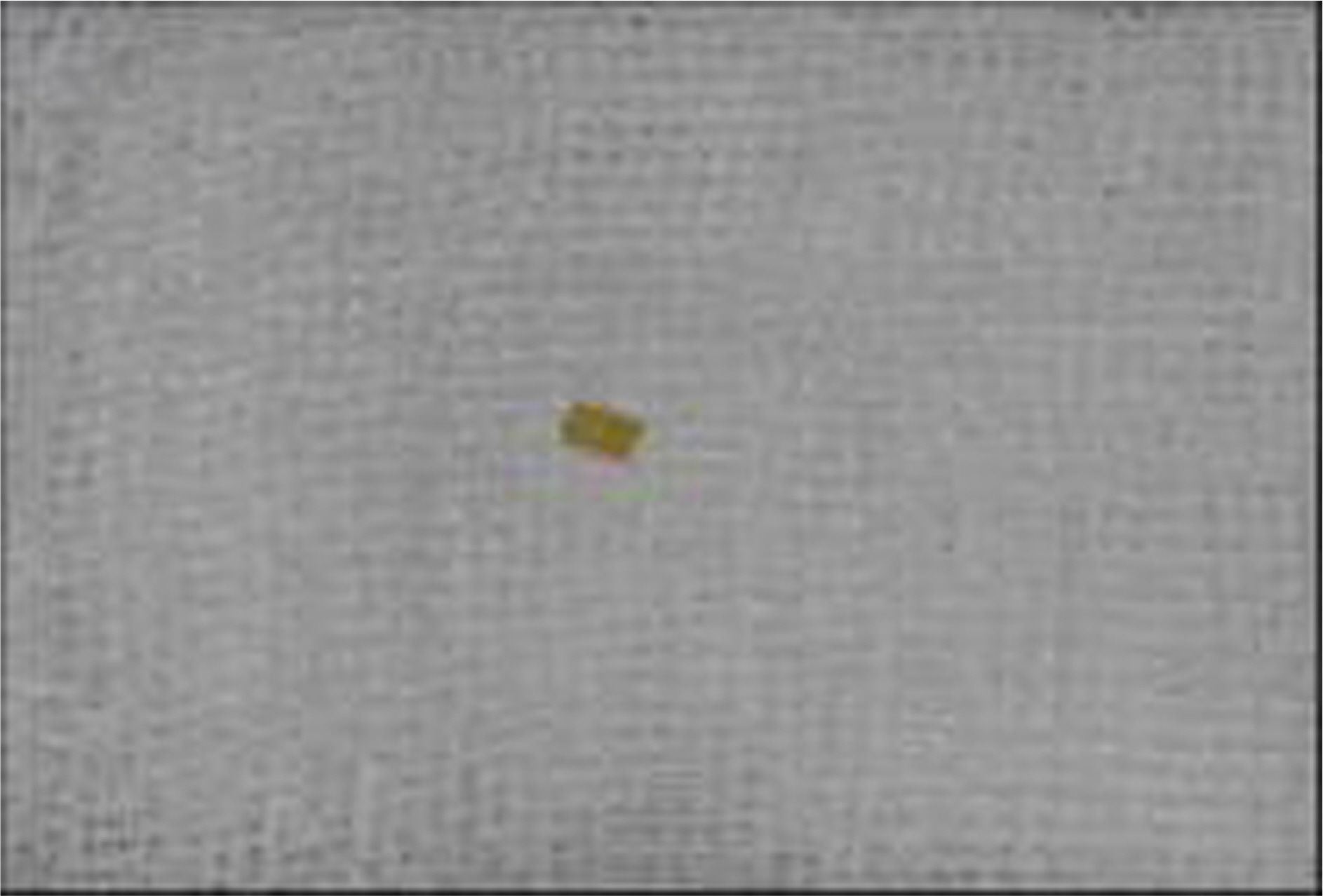J Korean Ophthalmol Soc.
2009 Dec;50(12):1768-1773. 10.3341/jkos.2009.50.12.1768.
Treatment of the SmartPLUG-related Canaliculitis
- Affiliations
-
- 1Department of Ophthalmology, Dongguk University College of Medicine, Gyeongju, Korea. ophho@hanmail.net
- 2Myung Gok Eye Reserch Institute, Kim's Eye Hospital, Konyang University, Seoul, Korea.
- KMID: 2212986
- DOI: http://doi.org/10.3341/jkos.2009.50.12.1768
Abstract
- PURPOSE
To report on the treatment approach of canaliculitis related to SmartPLUG use and its clinical manifestation.
METHODS
A retrospective chart review of eight patients who had canaliculitis after the insertion of the SmartPLUG was conducted.
RESULTS
Seven out of eight cases with canaliculitis related to the SmartPLUG required extraction of the SmartPLUG. While four cases were removed with only retrograde massage, two cases required surgical treatment.
CONCLUSIONS
Canaliculitis related to SmartPLUG use is rarely reported. However, canaliculitis as a complication is difficult to treat and often leads to surgery. In canaliculitis related to SmartPLUG use, retrograde massage as a non-surgical method for the simple and effective removal of the SmartPLUG can be beneficial.
Keyword
MeSH Terms
Figure
Cited by 1 articles
-
Definition and treatment of lacrimal drainage disease
Jeong Kyu Lee
J Korean Med Assoc. 2017;60(9):727-731. doi: 10.5124/jkma.2017.60.9.727.
Reference
-
References
1. Calonge M. The treatment of dry eye. Surv Ophthalmol. 2001; 45:S227–38.
Article2. Oh HJ, Yoon KC, Park YG. Changes of ocular surface after silicone punctal plug insertion in patients with dry eye syndrome. J Korean Ophthalmol Soc. 2005; 46:1774–9.3. Perry HD, Donnenfeld ED. Dry eye diagnosis and management in 2004. Curr Opin Ophthalmol. 2004; 15:299–304.
Article4. Altan-Yaycioglu R, Gencoglu EA, Akova TA, et al. Silicone versus collagen plugs for treating dry eye: results of a prospective randomized trial including lacrimal scintigraphy. Am J Ophthalmol. 2005; 140:88–93.
Article5. Jang JH, Chae JK, Kim BJ, Lee HB. Cases of complications after the use of punctal plugs. J Korean Ophthalmol Soc. 2005; 46:547–53.6. Rumelt S, Remulla H, Rubin PA. Silicone punctal plug migration resulting in dacryocystitis and canaliculitis. Cornea. 1997; 16:377–9.
Article7. Lee J, Flanagan JC. Complications associated with silicone intracanalicular plugs. Ophthal Plast Recostr Surg. 2001; 17:465–9.
Article8. Mazow ML, McCall T, Prager TC. Lodged intracanalicular plugs as a cause of lacrimal obstruction Ophthal. Plast Recostr Surg. 2007; 23:138–42.9. Connel PP, Fulcher TP, Chacko E, et al. Long term follow up of nasolacrimal intubation in adults. Br J Ophthalmol. 2006; 90:435–6.10. Murube J, Murube E. Treatment of dry eye by blocking the lacrimal canaliculi. Surv Ophthalmol. 1996; 40:463–80.11. Lim DK, Joo MJ, Kim JH. A case of chronic granulomatous canaliculitis induced by Herrick silicone punctal plug. J Korean Ophthalmol Soc. 2005; 46:384–7.12. White WL, Bartley GB, Hawes MJ, et al. Iatrogenic complications related to the use of Herrick lacrimal plugs. Ophthalmology. 2001; 108:1835–7.13. Chen SX, Lee GA. SmartPLUG in the management of severe dry eye syndrome. Cornea. 2007; 26:534–8.
Article14. Kojima T, Dogru M, Ishida R, et al. Clinical evaluation of the SmartPLUG in the treatment of dry eyes. Am J Ophthalmol. 2006; 141:386–8.15. SmartPLUG study group. Management of complications after insertion of the SmartPLUG punctal plug: a study of 28 patients. Ophthalmology. 2006; 113:1859–62.16. Fowler AM, Dutton JJ, Fowler WC. Mycobacterium chelonae canaliculitis associated with SmartPLUG use. Ophthal Plast Recostr Surg. 2008; 24:241–3.
Article17. Scheepers M, Pearson A, Michaelides M. Bilateral canaliculitis following SmartPLUG insertion for dry eye syndrome post LASIK surgery. Graefes Arch Clin Exp Ophthalmol. 2007; 245:895–7.
Article18. Chou TY, Perry HD, Donnenfeld ED, Solomon R. Pyogenic granuloma formation following placement of the Medennium Smart-PLUG punctum plug. Cornea. 2006; 25:493–5.
Article19. Pastor-Pascual F, Avino-Martinez J, Espana-Gregori E, Alcocer-Yuste P. Pyogenic granuloma following SmartPLUG insertion. Arch Soc Esp Oftalmol. 2007; 82:653–5.20. Kim BS, Osmanovic SS, Edward DP. Pyogenic granulomas after silicone punctal plugs: A Clinical and histopathologic study. Am J Ophthalmol. 2005; 139:678–84.
Article
- Full Text Links
- Actions
-
Cited
- CITED
-
- Close
- Share
- Similar articles
-
- Canaliculitis Associated With SmartPlugtrade mark Punctal Plug Insertion: Clinical Features and Management
- Diagnosis and Therapy of Canaliculitis
- 2 Cases of Actinomycotic Lacrimal Canaliculitis
- Diagnosis and Treatment of Chronic Canaliculitis
- Canaliculitis After Dacryocystorhinostomy with Silicone Tubes





